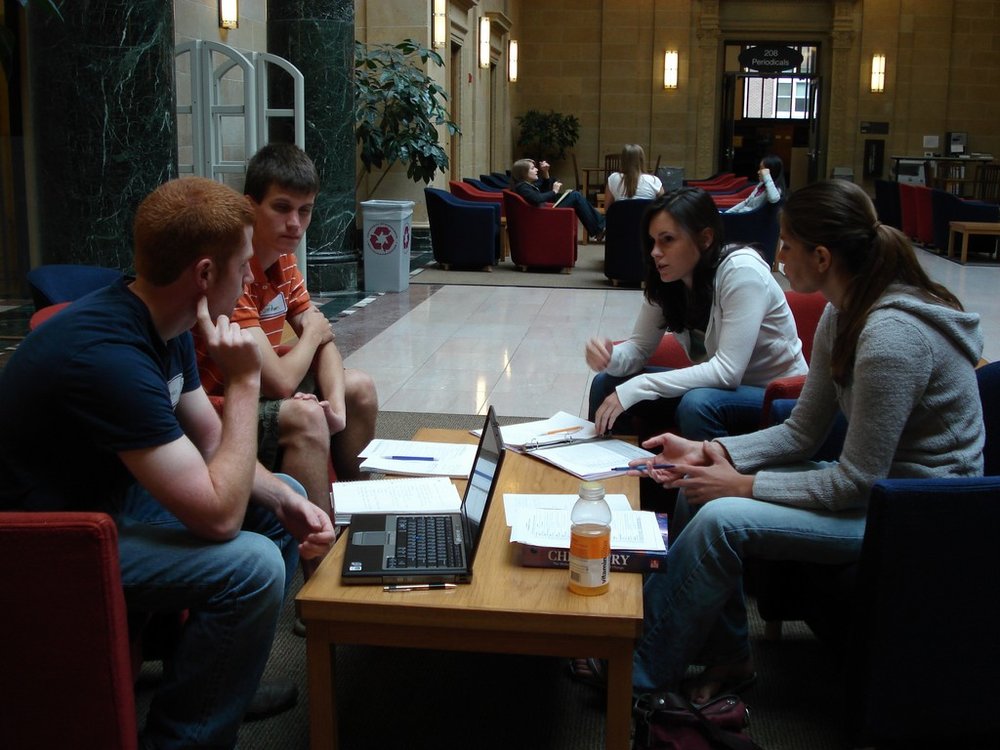Online Peer Assisted Learning: Reporting on practice

Peer Assisted learning (PAL) in-class is well-established and flourishing in higher education across the globe; nevertheless, interest is growing in online versions and is reflected by a number of pilot schemes. These programs have responded to perceived and actual needs of students and institutions; they have explored the available software packages and have begun to create a bank of learning through academic publications, institutional reports, evaluations, and SINET listserv discussions. This paper examines existing online PAL practice from Australia, Canada, the UK and the USA, and focuses on synchronous modes. We discuss (a) the context, mode, and scope of online PAL, and (b) implementation considerations. Despite some “teething problems” of these pilots we are convinced by the early and so far limited explorations highlighted here that online PAL can make a significant contribution to learners in higher education by improving engagement through the flexibility afforded by the online space.
To download the complete annotated bibliography of more than 1,100 citations of postsecondary peer cooperative learning programs, click on the following link, http://z.umn.edu/peerbib
